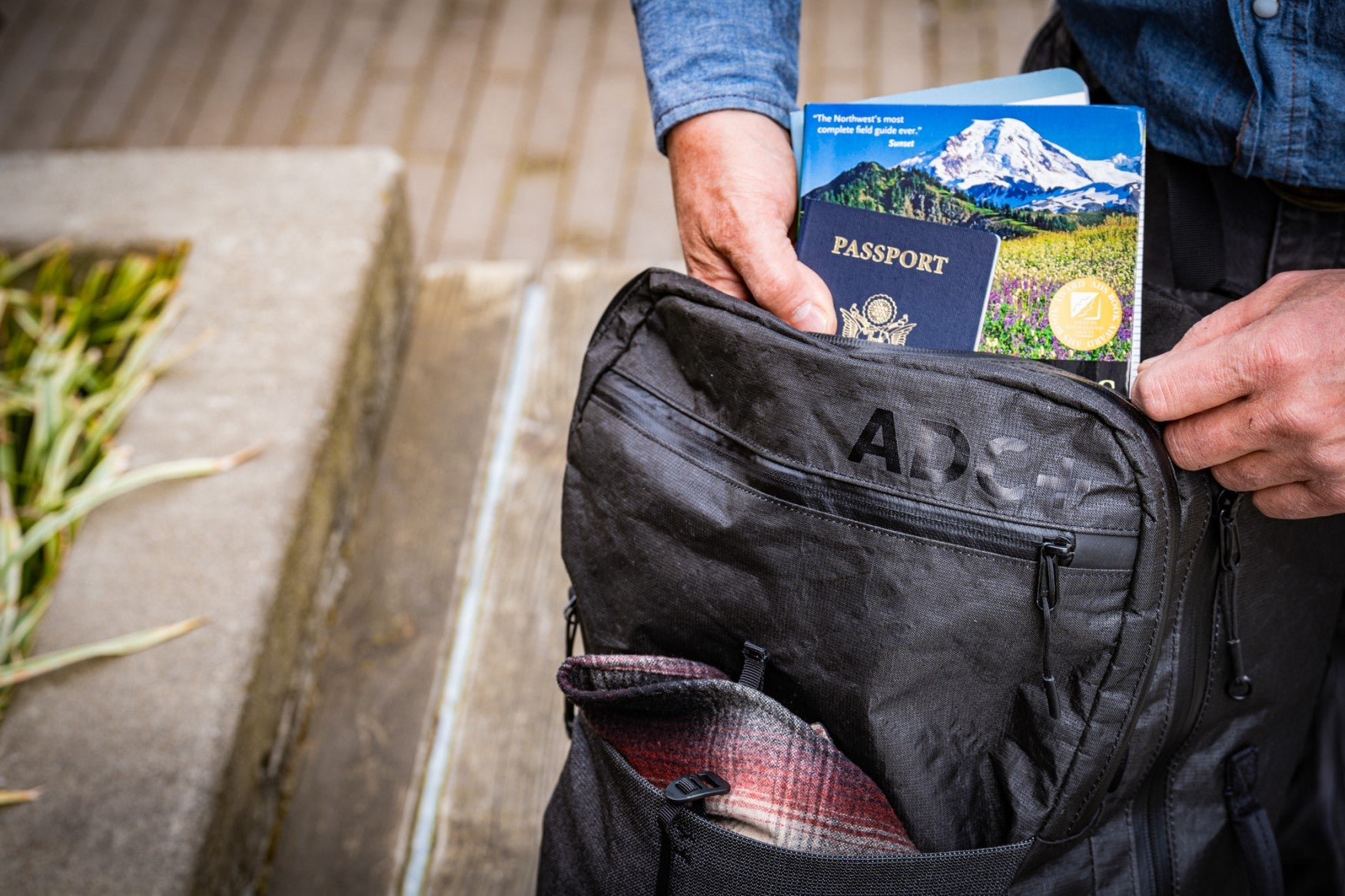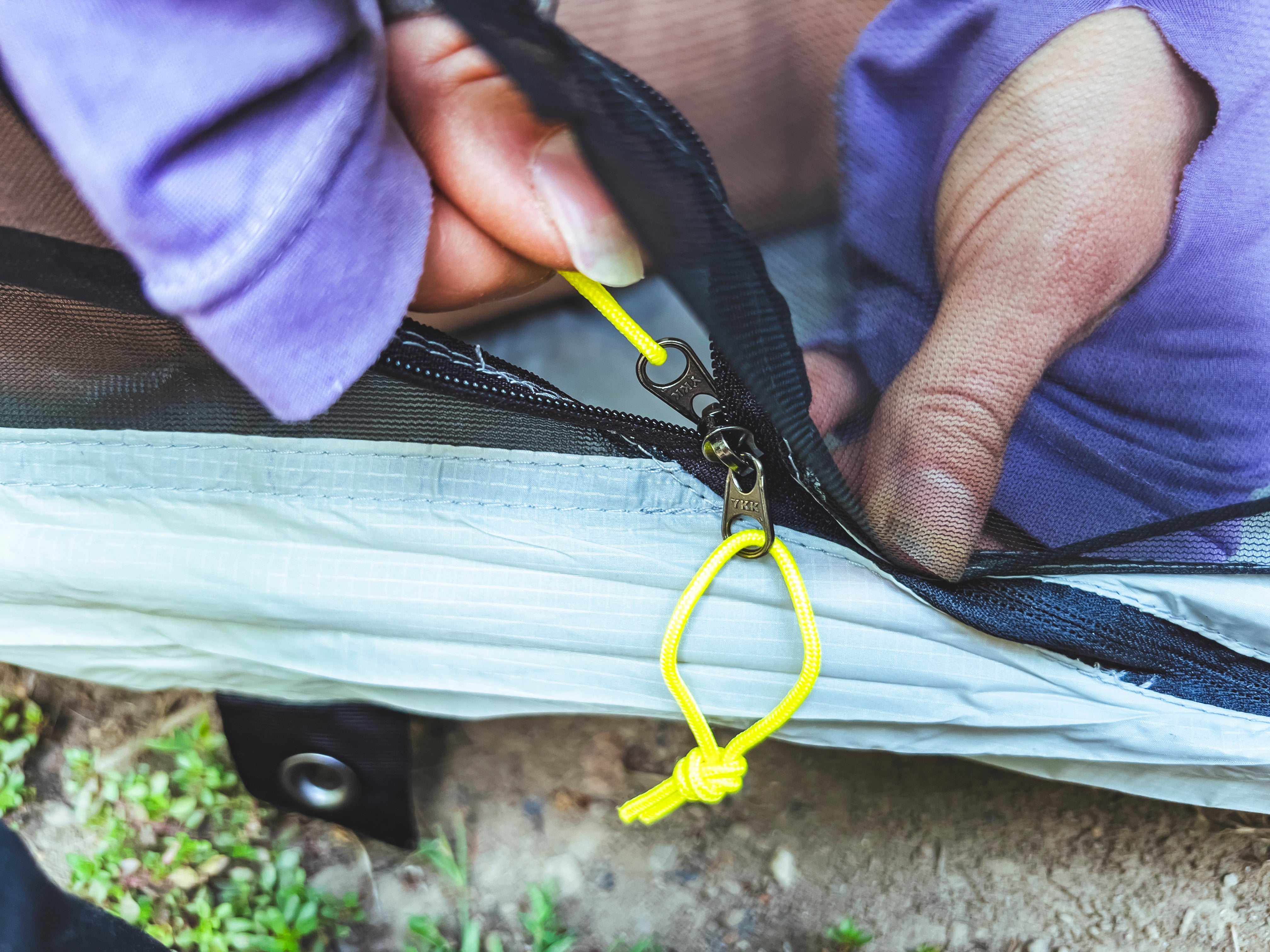The Peaks of the Balkans remain relatively unknown beyond Europe. This beautiful trail is a 192km journey through the untamed Accursed Mountains of Albania, Montenegro, and Kosovo, it traverses one of Europe's last untouched wilderness areas and the trail meanders through remote villages, across alpine meadows, glacier-fed lakes, and ancient forests, offering not only awe-inspiring natural beauty but also a profound cultural immersion.

Trekking along the mountains and ridges overlooking Kotor Bay, Montenegro
My husband and I flew to Albania and immediately crossed the border into Montenegro, where we dedicated a full month to exploring a myriad of trails. Our adventures took us from trekking along the mountains and ridges overlooking Kotor Bay to summiting Mount Subra in Herceg Novi. We then ventured to Durmitor National Park, where we experienced the thrill of snow climbing on Montenegro's highest peak, Bobotov Kuk, and then ended our Montenegrin journey at the stunning spires of the Karanfil peaks in Prokletije National Park - a part of the Peaks of the Balkans that is not included in the traditional route. This introduction painted a vivid picture of the beauty and diverse landscapes that define the Peaks of the Balkans - a jagged and exquisite range that somewhat resembles the Dolomites. We crossed the border back from Montenegro to Shkoder, Albania, and continued to Theth where we officially began our Peaks of the Balkans trek.

Climbing Bobotov Kuk, the highest mountain of Montenegro
Theth is a charming little village surrounded by towering peaks, verdant landscapes, and waterfalls. It is also rich in historical gems like centuries-old stone towers and an old church, plus full of stone mountain homes serving as bed and breakfasts that offer glimpses into local customs and history. However, this stretch of the trail from Theth to Valbona proved to be one of the most touristy areas we had encountered so far as this section is famous for many day hikes, plus abundant village accommodation as well as easy road access.

Old church in Theth, Albania
Leaving Valbona, we soon found ourselves on a quieter trail, accompanied by just a few fellow trekkers who shared our goal of hiking the entire length of the Peaks of the Balkans. The ascent to the 6700 foot Prosipolit Pass was long and demanding, crossing the border between Montenegro and Albania multiple times before descending steeply to Ceremi. Each day presented us with a challenging climb of around 3,500 feet and a corresponding descent, making this trek quite strenuous. However, camping in villages, one of the rewards was the luxury of a hot shower awaiting us at the end of each exhausting day, followed by a delicious and hearty meal served at the guesthouses.
Carrying our Six Moon Designs Haven tent allowed us the flexibility to choose between indoor accommodations and camping, depending on the weather. This budget-friendly approach let us experience the warm hospitality and rich culture of the Balkans firsthand, and this lightweight 2-person tent has been our go-to shelter for all of our recent journeys, combining comfort with ease of setup at just over a pound per person.

Carrying the Six Moons Design Haven tent

Pitching our Six Moons Design Haven tent in a guesthouse backyard
One of our most memorable stays was in Doberdol, a place that remains one of the most isolated spots along the trail, high up in the mountains at the junction of three borders (Montenegro, Albania, and Kosovo). There was a raging blizzard while we were here, so we opted to stay in the guesthouse, which offered cozy rooms, a communal heated common area, hot showers, unlimited Turkish coffee or tea, freshly baked bread, and hearty meals for all weary trekkers. In the morning, we were greeted with a shot of raki (distilled grape alcohol) alongside a cup of coffee, an Albanian tradition.

The tiny village of Doberdol

After departing from Doberdol, we crossed into Kosovo. The scenery along this stretch of the trail lacked the dramatic vistas of Montenegro or Albania, but it made up for it with charm. Navigating was a challenge due to poorly marked trails, rutted muddy tracks, and sections of road walking. The path to Rekë e Allagës proved especially difficult, leading us through deep mud along logging routes.
We came across bear scat and were fortunate to spot and avoid a nose-horned viper, Europe's most venomous snake, along the ridge towards Zavoje Pass before re-entering Montenegro. However, the most abundant wildlife here were the non-stop pestering flies in Kosovo and the blood-sucking hungry mosquitoes in Montenegro.

Nose-horned viper, Europe's most venomous snake
As we re-entered Montenegro, the majestic peaks of Karanfil gradually came into view as we neared Vusanje, marking our arrival back in the Karanfil region within Prokletije National Park, this time on the other side of the range. Vusanje, a tiny village in the pristine Ropojana Valley, served as our last stop before our return journey to Theth. Our final day was challenging due to scorching early summer heat, yet incredibly rewarding. We took it easy, taking a break before the pass to enjoy in the breathtaking view of Mt. Arapit, also known as the Albanian Matterhorn, and the surrounding mountain ranges.

Mt. Arapit, also known as the Albanian Matterhorn

The Peaks of the Karanfil
This trek not only tested our physical endurance but also enriched our understanding of the Balkans’ history and heritage. This is one of Europe and the world's most underrated, stunning, and fun treks, and is well worth a visit for any mountain-lover.











Leave a comment
This site is protected by hCaptcha and the hCaptcha Privacy Policy and Terms of Service apply.